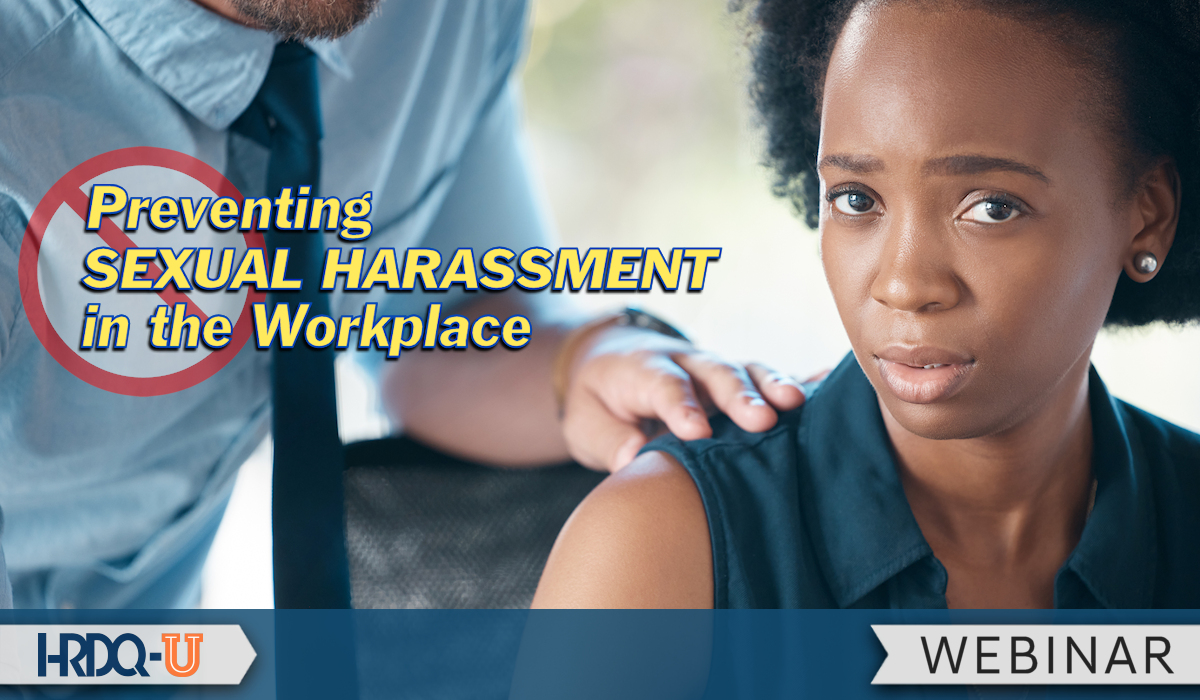How Do He Said/She Said Scenarios Occur?
He said/she said scenarios occur when a sexual harassment report is made concerning another employee, usually by a woman against a man. We often hear about these types of situations in high-profile sexual harassment cases in the media today in which there are two very different versions reported of what occurred leading to the complaint or charge being made.
These cases involve actors, media personalities, politicians, sports stars, business leaders, and others. What happens when one of these public figures is accused of sexual harassment or misconduct, and what do they almost always say in their defense concerning these accusations? In almost every case, the accused denies these allegations in some manner.
Why do you think such a high percentage of those accused deny this behavior despite the reports of their victims? The answer may be that this is their only plausible defense. It is an unfortunate reality that denial can be an effective defense, even if someone is guilty of what he or she is accused of in the absence of clear evidence to prove otherwise. Often, these highly publicized reports must eventually be settled in court, resulting in astronomical settlements.
In these situations, there are two different versions of what actually occurred, which are both plausible and even believable. This is a very difficult situation to deal with, but unfortunately, a very common one. There may be situations when there just isn’t enough information from an investigation to be able to conclude that the alleged harassment occurred or not, even though it may be suspected or believed that it did.
Fear Behind Making a Claim
Then who is to be believed when there has been a sexual harassment report but there are no witnesses to corroborate either version of what actually occurred? Unfortunately, it is the fear of not being believed that can dissuade a victim of sexual harassment from reporting such an incident. This situation is made worse when the alleged harasser is someone in a powerful position in the organization or the victim’s boss, as the victim may fear retaliation for making such a claim.
This fear of not being believed in a he said/she said scenario is one of the main reasons why victims of sexual harassment are so often reluctant to report such instances. Even though there may not be specific evidence available to prove or disprove either person’s version of the reported harassment, there are other factors that should be considered to help the organization investigating such an incident decide what action should be taken.
For instance:
- Do you believe either of the parties more than the other? What is the basis of this belief?
- You could assess the credibility of each person concerning his or her report of the incident. Does either of their reports seem more believable or are there inconsistencies in these reports?
- You could check on the facts in their reports. For instance, is it possible that each person was where he or she said they were at the time of the reported incident?
- Does everything each of person has reported seem plausible?
- Did the person reporting the harassment react in a manner you would expect someone to who had just experienced something of this nature happening to them? For instance, did they tell or call a friend or family member for emotional support or guidance? If so, are these individuals’ accounts of what happened the same as the victim’s?
- You could check to see if there is any prior history or other similar reports of this type of harassment against the accused or even the victim reporting such incidents to see if there are any apparent patterns of this behavior.
- You could interview others who may have witnessed interactions between them to determine if any similar behaviors may have been observed.
- Many sexual harassers target multiple victims, not just one person. You could interview others similarly situated as the victim who has frequent contact with the accused to find out if they experienced similar problems.
- You might investigate if it is possible that this began as a consensual relationship that changed into unwanted sexual harassment for some reason.
- You could pay attention to the behavior of both parties after the complaint was made. Have there been any changes to their behaviors that could be associated with this reported incident that might be indicative of the guilt or innocence of the accused or add credibility to the victim’s report? For instance, are they avoiding contact with one another, or do they seem to be interacting as if nothing had previously occurred? Does she still seem to be upset or continue to be negatively impacted by this experience? Has she sought assistance from others?
- What are each of them saying about this reported incident around the workplace?
Organizations may ultimately have to make decisions concerning who to believe when there has been a sexual harassment report, even in the absence of any conclusive evidence other than the reports of the two parties involved. Often, they must decide what actions need to be taken in these he said/she said scenarios based on the factors listed above when faced with conflicting reports from each party. These can be very difficult decisions to make, but every effort should be made to come to some final conclusion on how to take appropriate actions in these situations. The risks of making such a decision in the face of this lack of conclusive evidence must be considered in relation to the impact that making no decision may potentially have on the victim of such harassment.
This important topic and others will be discussed and reviewed in more detail during the upcoming Webinar, Preventing Sexual Harassment in the Workplace, presented by author Peter R. Garber, and sponsored by HRDQ-U on December 20, 2023.
















